Not All That Oils Well Ends Well
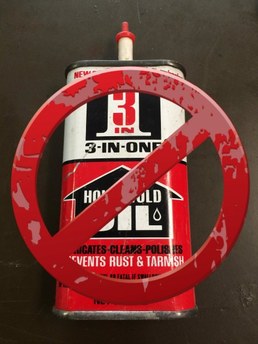
Before you start lubricating your sewing machine, STOP & THINK:
What am I doing?
Don’t use 3-in-1 oil on your sewing machine! While it does have solvents to penetrate, lubricate, and prevent rust, it also leaves behind a sticky residue that will eventually cause the machine to gum up and stop working.
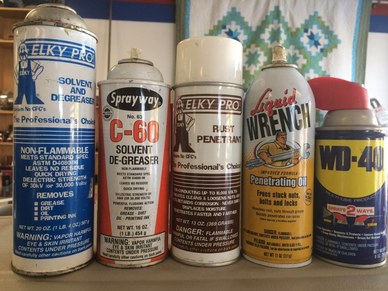
Penetrating oils are great for loosening tight parts. In most cases, applying oil and letting it sit for about 5 to 10 minutes will solve your problem. (However, I have had some machines that take days to work free.)
Sadly, penetrating oil is only the first step. After the part is worked free it should be lubricated in order to keep running smoothly.
If not properly lubricated, the heat and pressure caused by the running machine will evaporate penetrating oil and the part will seize up again. This evaporation can happen in as little as 15 minutes.
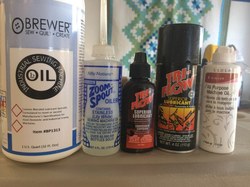
When it comes to machine lubrication, sewing machine oil and gun oil work best. Using sewing machine oil sparingly will keep your machine running for a lifetime, too much oil will soak into your fabric.
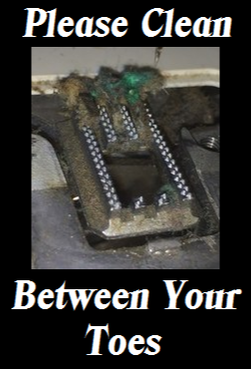

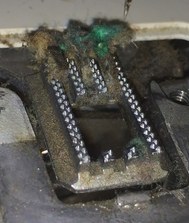
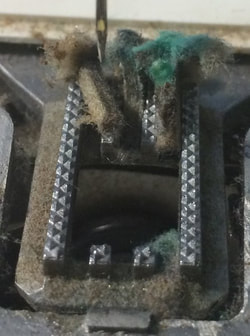
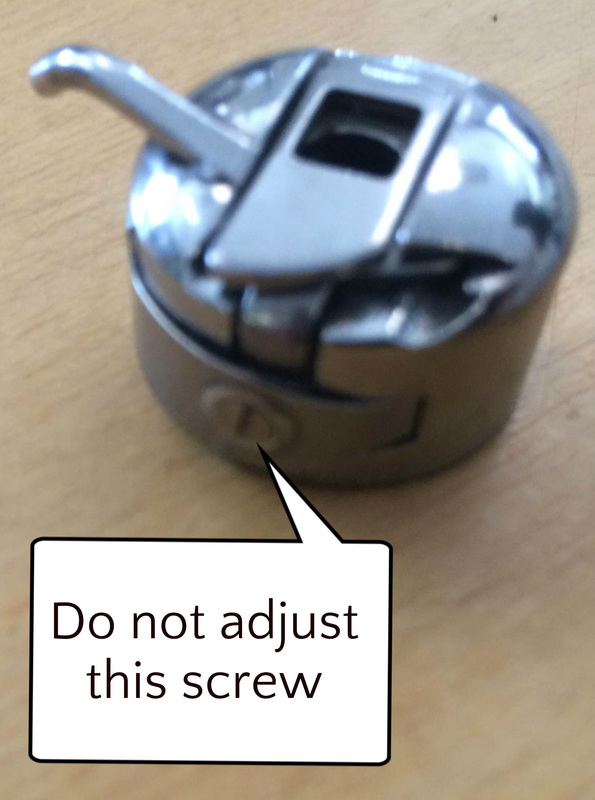
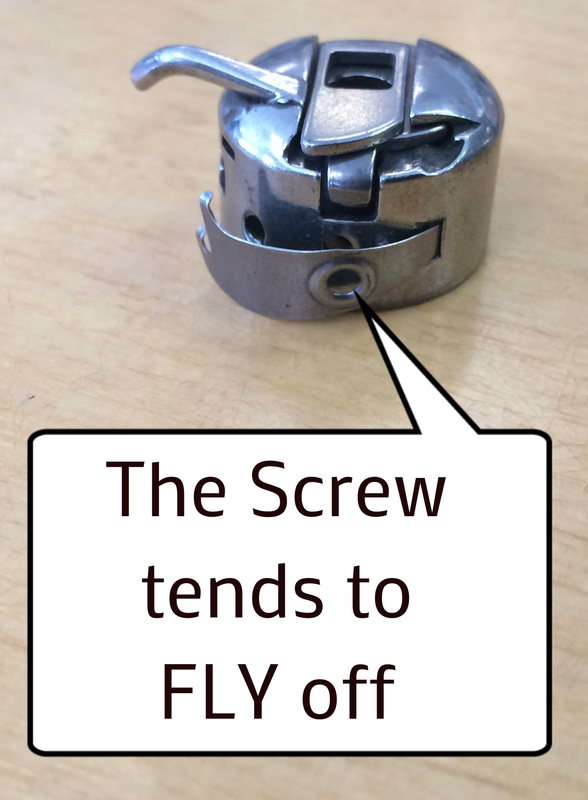
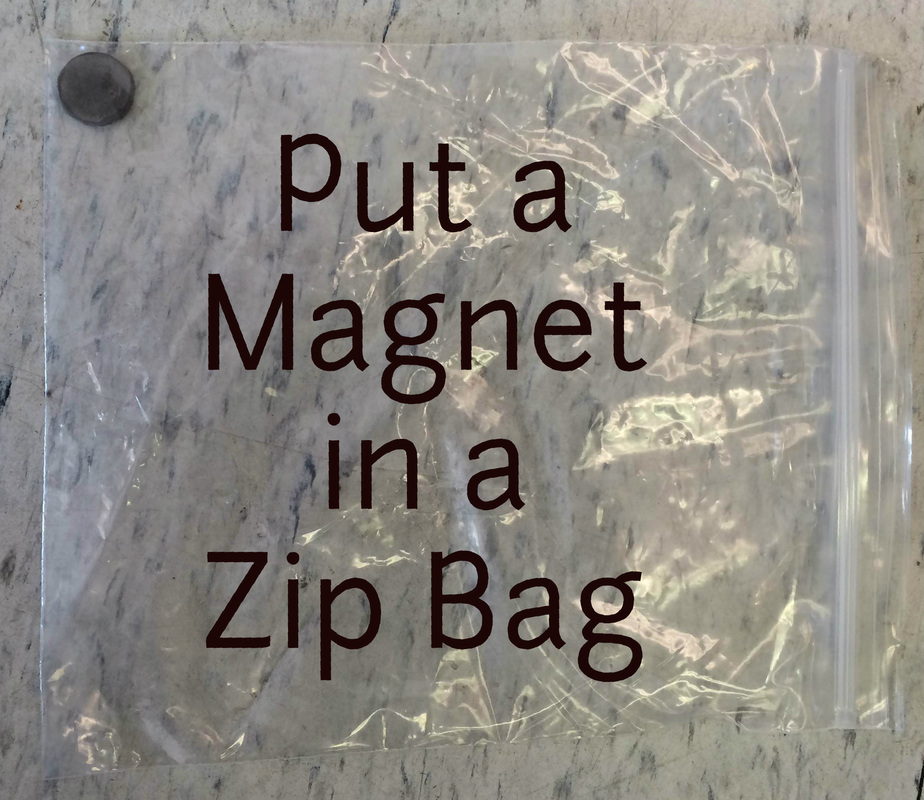
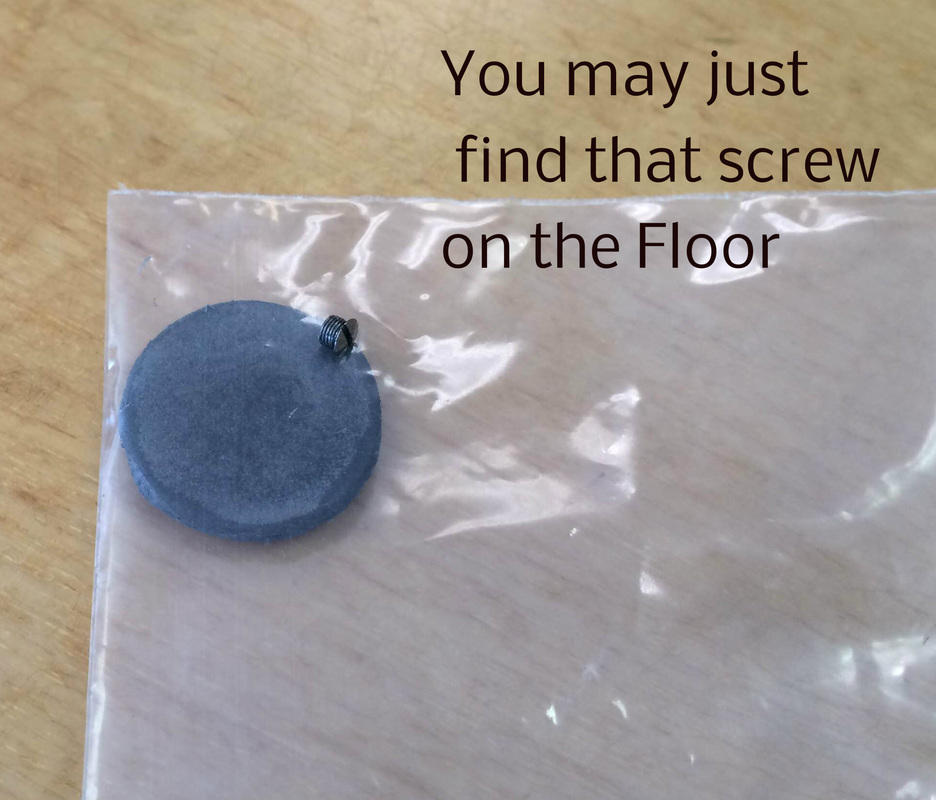
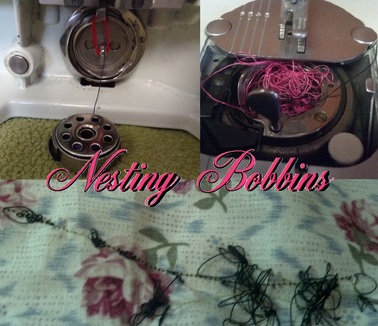
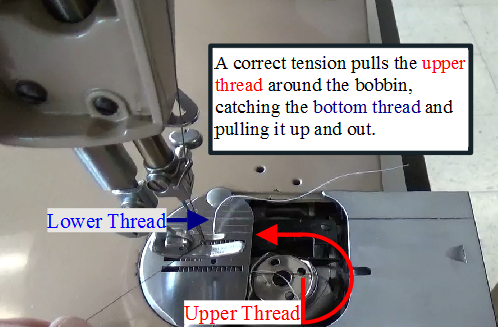
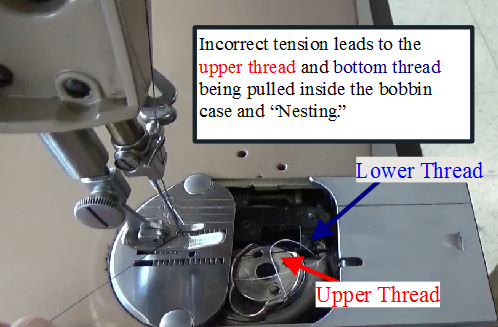
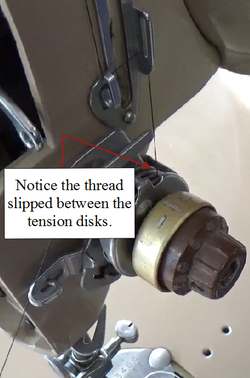
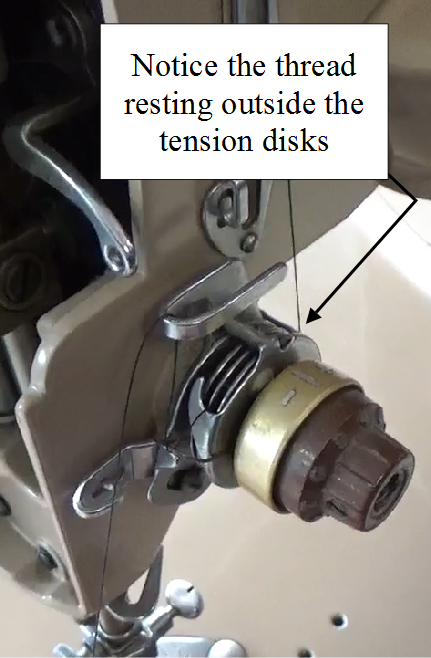
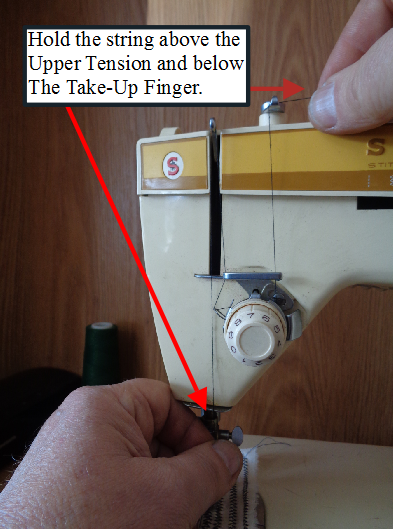

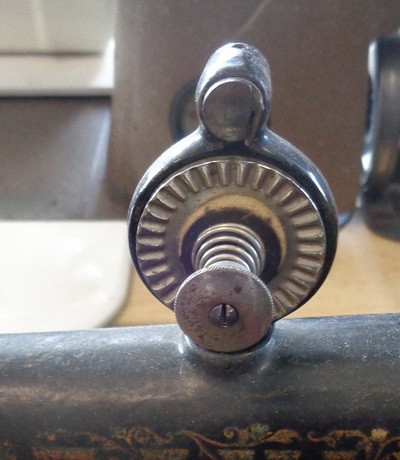

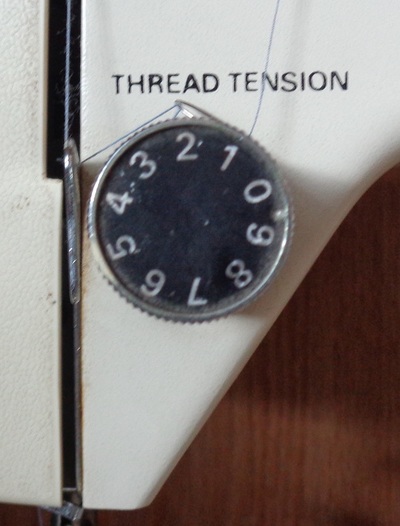
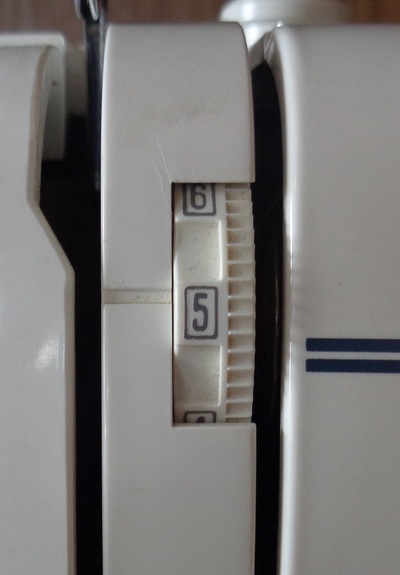
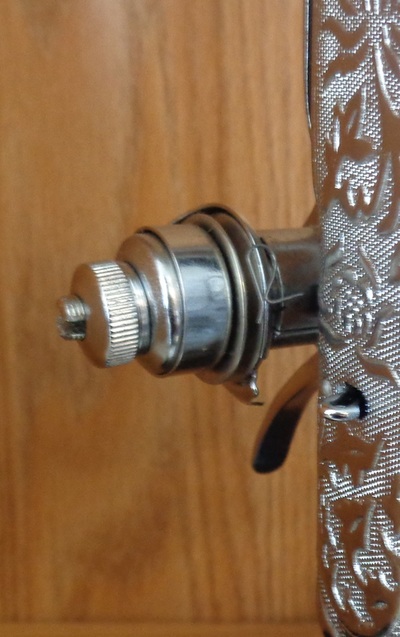

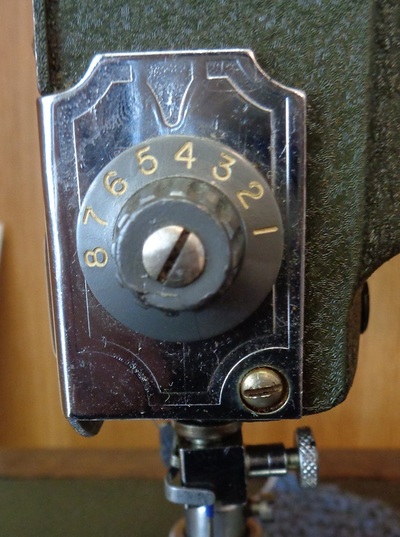
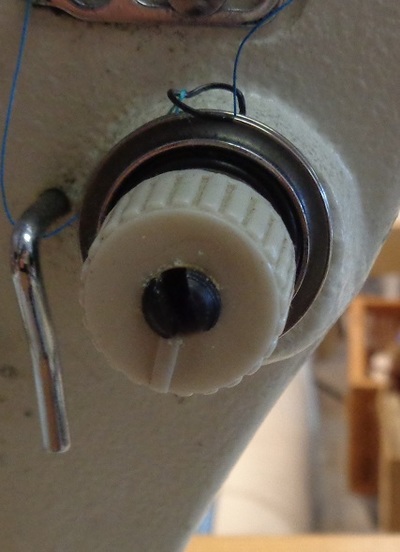

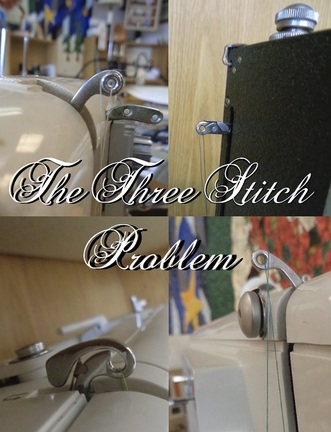

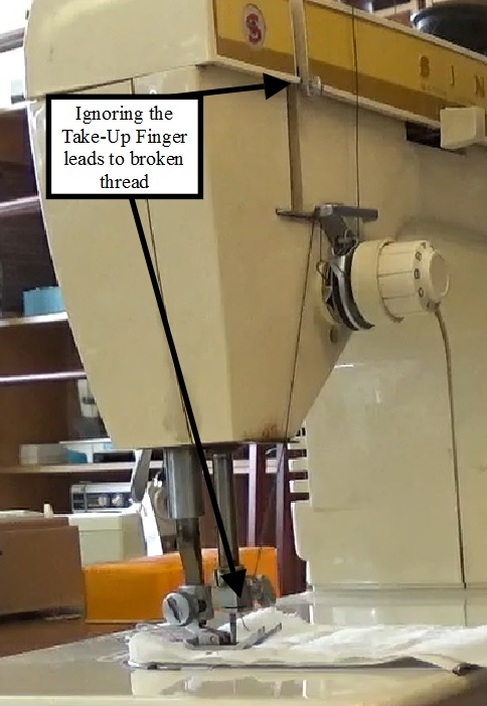

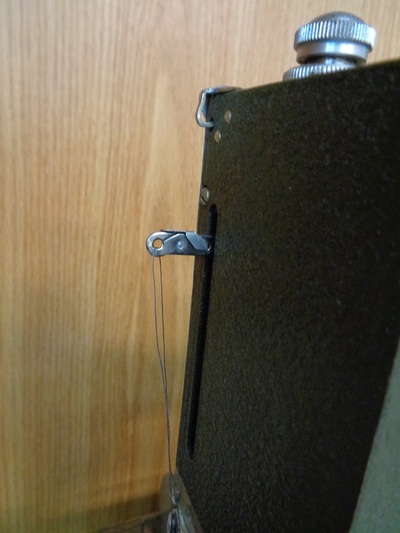
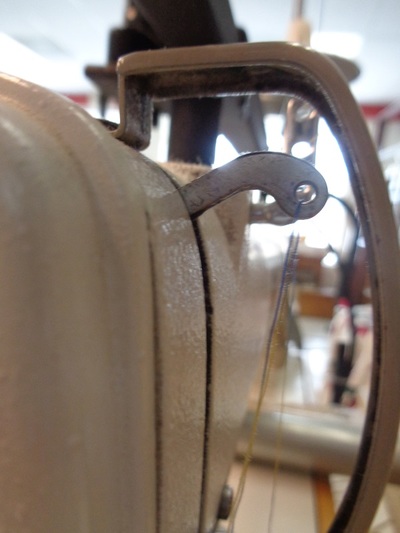
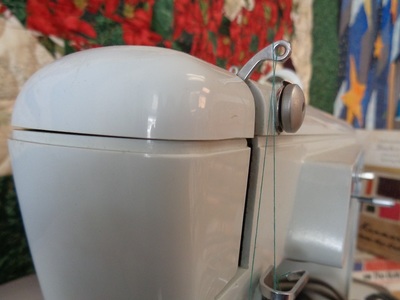
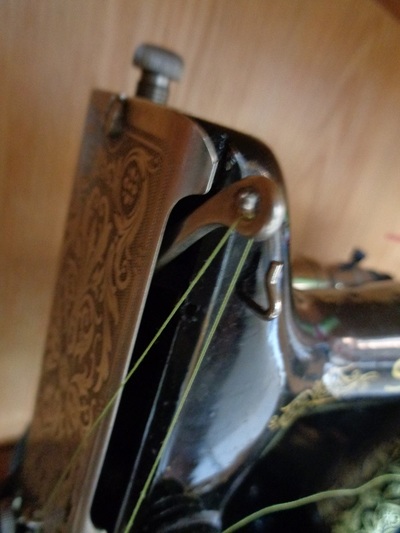
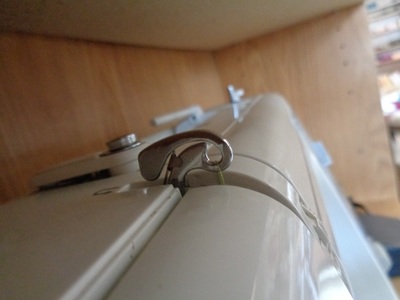
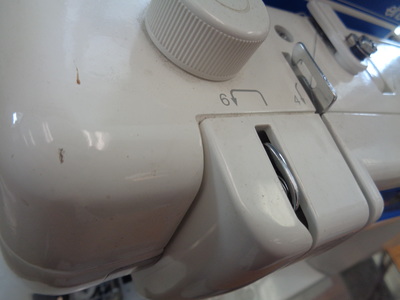


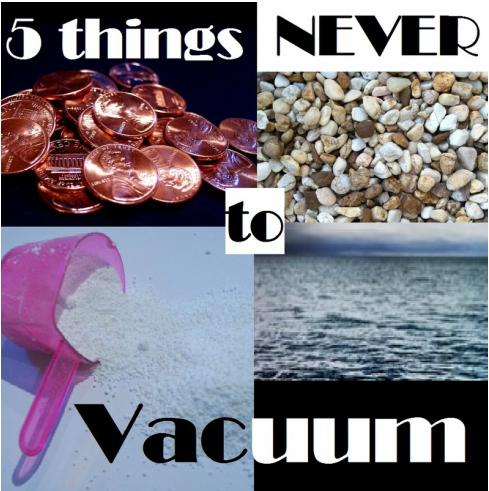
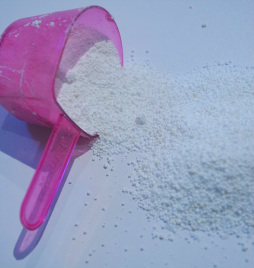

 RSS Feed
RSS Feed
